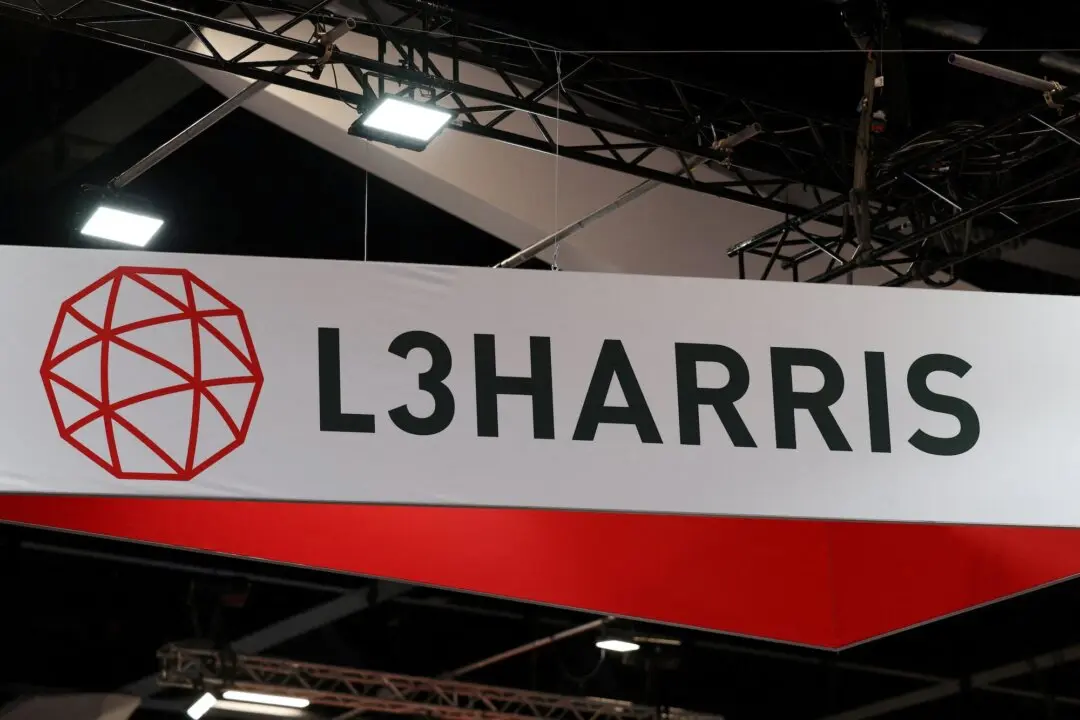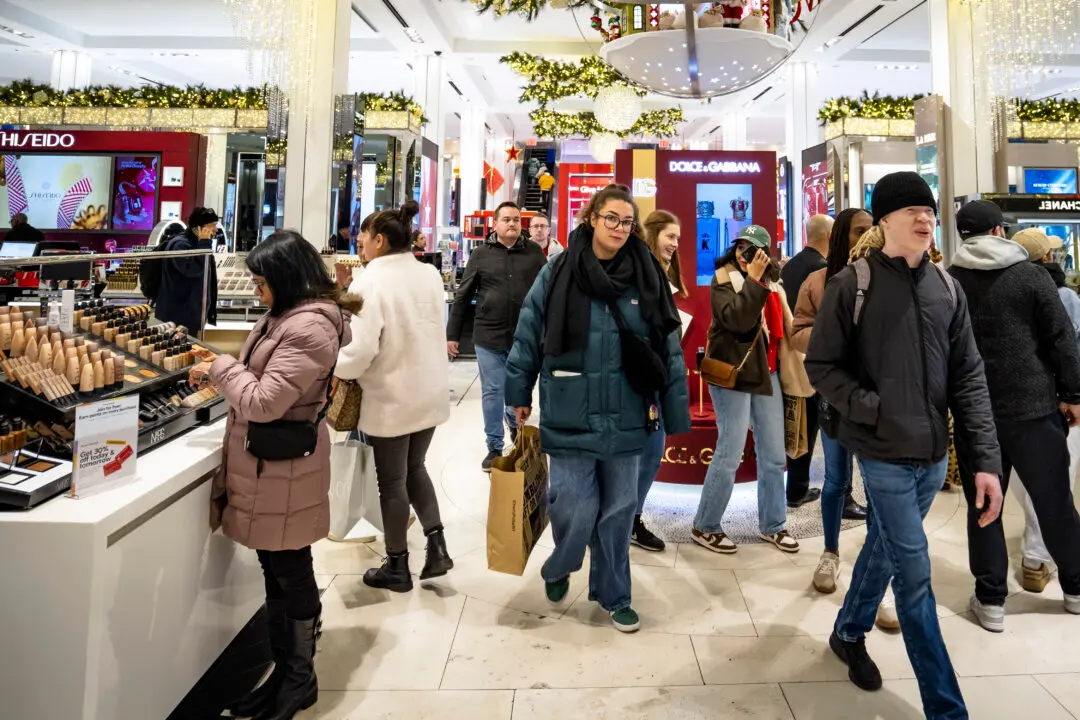U.S. consumer confidence fell in August to its lowest level in six months, driven by concerns about the spread of the Delta variant of the CCP (Chinese Communist Party) virus and surging prices.
The Conference Board said in an Aug. 31 report that its consumer confidence index fell from a reading of 125.1 in July to 113.8 in August.





